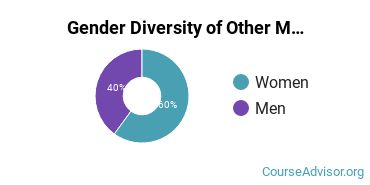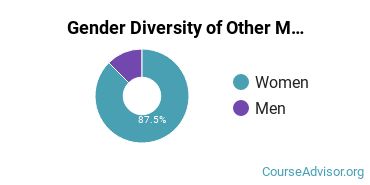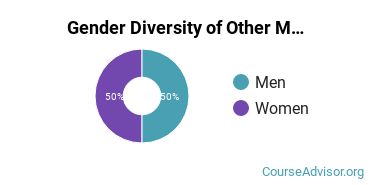Other Multi/Interdisciplinary Studies at Washington University in St Louis
WUSTL is located in Saint Louis, Missouri and approximately 15,449 students attend the school each year.
Want to know more about the career opportunities in this field? Check out the Careers in Other Multi/Interdisciplinary Studies section at the bottom of this page.
WUSTL Other Multi/Interdisciplinary Studies Degrees Available
- Associate’s Degree in Other Interdisciplinary Studies
- Bachelor’s Degree in Other Interdisciplinary Studies
- Master’s Degree in Other Interdisciplinary Studies
WUSTL Other Multi/Interdisciplinary Studies Rankings
The other interdisciplinary studies major at WUSTL is not ranked on College Factual’s Best Colleges and Universities for Other Multi/Interdisciplinary Studies. This could be for a number of reasons, such as not having enough data on the major or school to make an accurate assessment of its quality.
Other Interdisciplinary Studies Student Demographics at WUSTL
Take a look at the following statistics related to the make-up of the other interdisciplinary studies majors at Washington University in St Louis.
WUSTL Other Multi/Interdisciplinary Studies Associate’s Program

WUSTL does a better job with serving racial-ethnic minorities than the typical school does. Its associate's program in other interdisciplinary studies graduates 19% more racial-ethnic minorities than the nationwide average.*
The following table and chart show the race/ethnicity for students who recently graduated from Washington University in St Louis with a associate's in other interdisciplinary studies.

| Race/Ethnicity | Number of Students |
|---|---|
| Asian | 1 |
| Black or African American | 7 |
| Hispanic or Latino | 0 |
| White | 5 |
| International Students | 0 |
| Other Races/Ethnicities | 0 |
WUSTL Other Multi/Interdisciplinary Studies Bachelor’s Program

About 64% of those who receive a bachelor's degree in other interdisciplinary studies at WUSTL are white. This is above average for this degree on the nationwide level.
The following table and chart show the race/ethnicity for students who recently graduated from Washington University in St Louis with a bachelor's in other interdisciplinary studies.

| Race/Ethnicity | Number of Students |
|---|---|
| Asian | 0 |
| Black or African American | 3 |
| Hispanic or Latino | 1 |
| White | 9 |
| International Students | 0 |
| Other Races/Ethnicities | 1 |
WUSTL Other Multi/Interdisciplinary Studies Master’s Program

The following table and chart show the race/ethnicity for students who recently graduated from Washington University in St Louis with a master's in other interdisciplinary studies.

| Race/Ethnicity | Number of Students |
|---|---|
| Asian | 0 |
| Black or African American | 0 |
| Hispanic or Latino | 0 |
| White | 0 |
| International Students | 0 |
| Other Races/Ethnicities | 1 |
References
*The racial-ethnic minorities count is calculated by taking the total number of students and subtracting white students, international students, and students whose race/ethnicity was unknown. This number is then divided by the total number of students at the school to obtain the racial-ethnic minorities percentage.
- College Factual
- National Center for Education Statistics
- O*NET Online
- Image Credit: By Bachrach44 under License
More about our data sources and methodologies.
